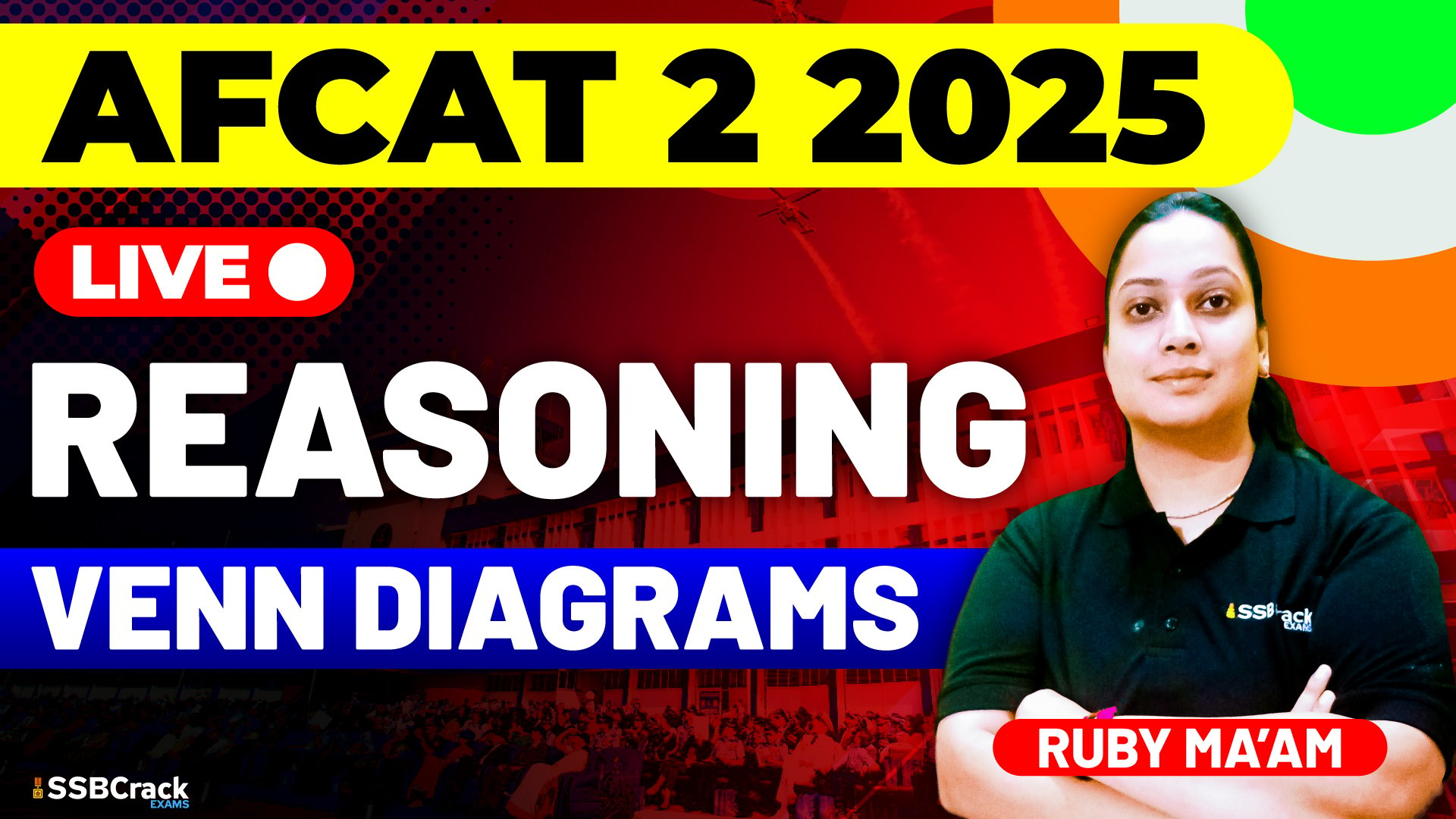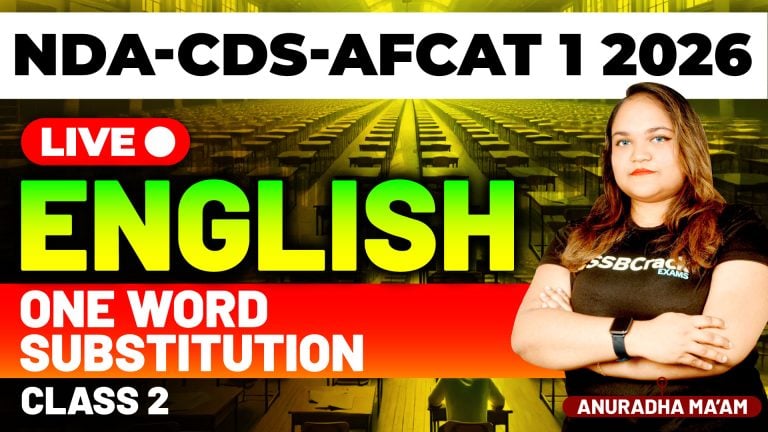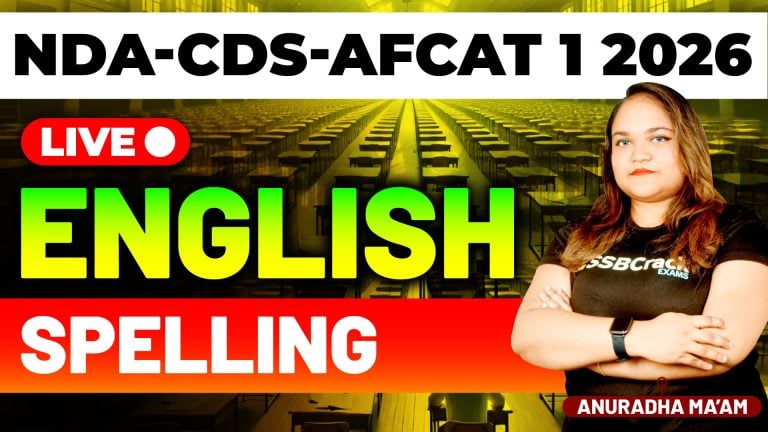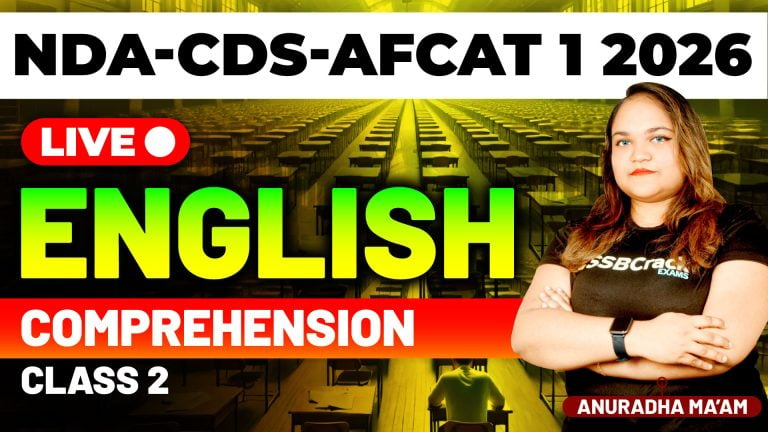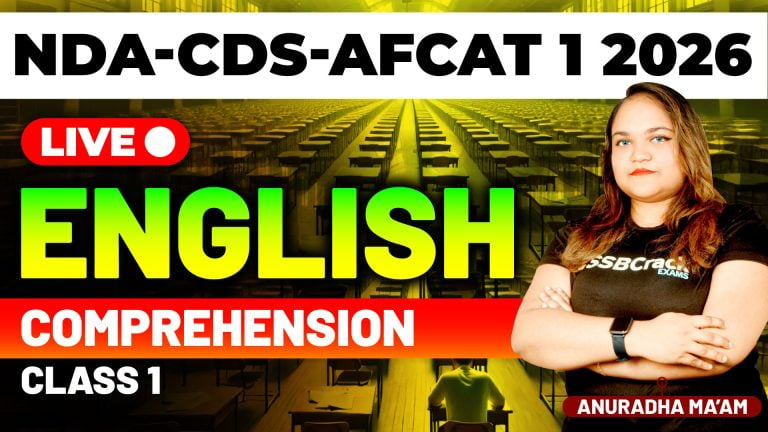When preparing for the AFCAT (Air Force Common Admission Test), aspirants often focus on core subjects like English, General Awareness, and Reasoning & Military Aptitude. One of the key components of the reasoning section is Venn Diagrams — a simple yet powerful tool that can make a big difference in your exam score if understood and practiced properly.
What Are Venn Diagrams?
A Venn diagram is a visual representation of the relationship between different sets. Typically shown using circles that overlap, Venn diagrams help you understand how groups or categories are related — such as what they share in common and how they differ.
Why Are Venn Diagrams Important in AFCAT?
1. Frequent in Reasoning Section
Questions based on Venn diagrams are a regular feature in the AFCAT reasoning section. These can be either logical reasoning questions or data interpretation questions. Mastery of this concept can give you a quick advantage as these questions are usually less time-consuming if understood well.
2. Visual and Logical Clarity
Venn diagrams provide a clear visual aid for solving complex logical relationships. This is especially useful when dealing with categories like:
- Animals, mammals, dogs
- Students, athletes, girls
- Government employees, engineers, teachers
Instead of solving these problems verbally, drawing a diagram helps you quickly eliminate wrong options and find the correct answer.
3. Enhances Problem-Solving Speed
Time is critical in AFCAT. Venn diagrams, when practiced well, allow you to:
- Quickly organize information
- Spot intersections and exclusions
- Avoid lengthy calculations or reasoning chains
This efficiency can free up time for other sections of the test.
4. Supports Complex Logical Reasoning
Some questions may not be direct set-based problems. You might face puzzles or syllogisms where understanding set theory and relationships is vital. In such cases, your conceptual clarity in Venn diagrams can be the key to decoding the logic behind the question.
Types of Questions Based on Venn Diagrams in AFCAT
- Direct Set Relationships
Example: Choose the best representation of relationships among Musicians, Pianists, and Artists. - Syllogism-Type Questions Using Venn Logic
Example: All cats are animals. Some animals are dogs. Conclusion: Some cats are dogs. (Answering requires understanding intersections.) - Numerical Data-Based Venn Diagrams
These involve distributing a set of people into overlapping categories and finding out counts based on the given data.
Tips to Master Venn Diagrams for AFCAT
- Understand basic set theory terminology – union, intersection, complement.
- Practice diagram drawing for different types of relationships.
- Solve previous year questions to understand AFCAT-specific patterns.
- Time yourself during practice to improve speed.
- Avoid assumptions; stick to the data given in the question.
Final Thoughts
While Venn diagrams may seem like a small part of the AFCAT syllabus, they can play a big role in maximizing your score. With the right strategy and regular practice, you can turn these questions into easy marks and gain an edge over other aspirants.
So, if you’re aiming high for a career in the Indian Air Force, don’t underestimate the power of a few overlapping circles — they might just help you fly through the reasoning section with ease!
